Exploring Ethiopia’s remote Omo Valley
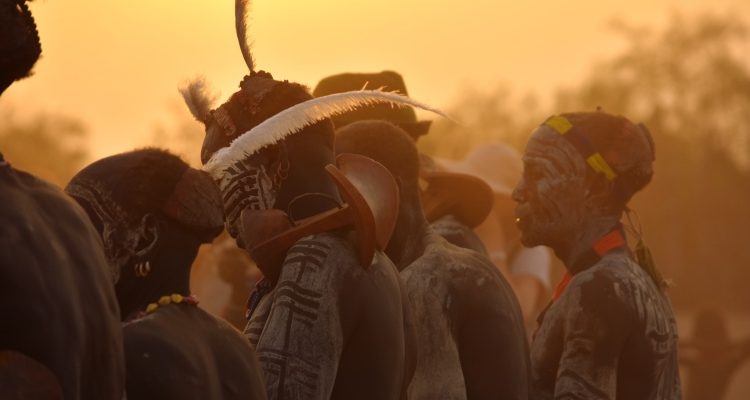
I love Africa’s ancient traditional cultures. They tend to be truly rooted in their places of origin, and intensely connected with the land and life there. They are amazingly varied, most often exuberant and joyful, and always colourful. During my recent trip to Ethiopia I fulfilled a long held desire to visit the Omo Valley. Remote, isolated and largely undisturbed, this fascinating southwestern corner of the country is much as it has been for millennia. The people have maintained their semi-nomadic pastoral way of life along with their ancient animist traditions.
It’s an area that feels more like the rest of equatorial Africa than highland Ethiopia, and with Lake Turkana, Kenya, Uganda and South Sudan so close by – and easy to get to – this is understandable. The Nyangatom, for example, are closely related to the Turkana of Kenya and the Karamojong of Uganda, sharing a language and many customs.
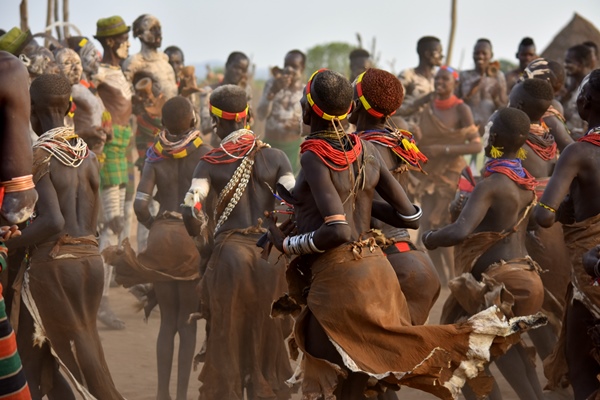
Kara. C. Chris Tinkler
The people still largely dress in traditional ways, wear their hair as they’ve always done, and enjoy adorning themselves with traditional styles of jewellery and decorations. A significant factor for visitors is that they don’t care what outsiders think, and also don’t mind about them visiting or not. As a result, normal life carries on when guests do arrive, just as if they were not there.
The person best placed for unlocking the secrets of the Omo Valley is Lale Biwa, the owner of Lale’s Camp. Lale is a Kara, and was born in the village where the camp is located. He was among the first of his people to attend school, and has used his education and great intelligence to work on behalf of the people of the Omo Valley for many years.
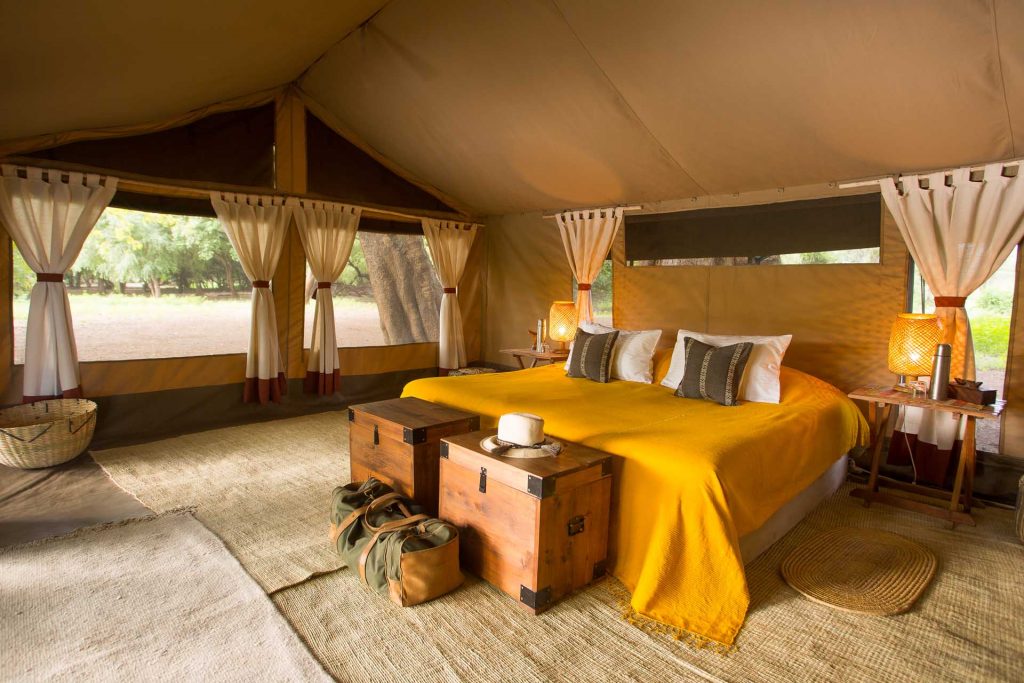
Lale’s Camp
Lale has a remarkable relationship with people from all of the local tribes, who appear to view him as a leader, a mediator and a guiding light too. With Lale, guests can visit Nyangatom, Kara, Hamar and Mursi communities to learn about their lives and traditions.
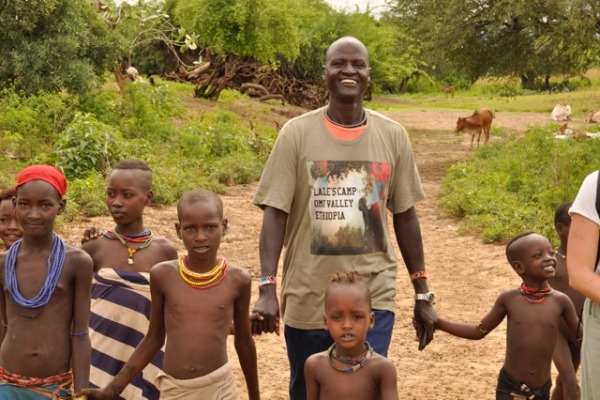
Lale with some of his fans
Here’s a short Q and A we did around the camp fire one evening.
Lale, please tell me about yourself?
I was born here, in the Omo Valley, in Duz village, just here outside the camp. My father had two wives, as is the custom of the Kara people. I was the youngest of six sons of my father’s second wife, and the youngest of ten children in all. My father died when I was young, and I don’t really have a memory of him.
Where did you learn such excellent English?
Swedish missionaries visited our village, and my mother decided to send me to their primary school near to the Kenya border and Lake Turkana. I was the first of my tribe to go to any sort of school. It was a boarding school, and the Swedish people really did look after us well. 14 boys including me went there from Duz, and to get there or home for holidays, we would walk non-stop for about 36 hours, even through the night. Many boys at the school were from different tribes, and because of that I began to appreciate other people and want to learn more about them.
What did you do after primary school?
I went to Secondary school in Jinka, also a Swedish school. This was in the era of the communist government, who were keen to get rid of the differences between us tribes by educating us all, but they did not like foreign people being here, so they sent the Swedish people away to Addis Ababa. I went to live with them in Addis for a time. I learnt how to find my way round the city by walking. Each day I would set off on foot with 5 Birr in my pocket, and walk in one direction, until I got to the end of the city. I would turn round and walk back if there was enough day left, or use my money for a bus. In this way, I learnt the layout of our capital, and how to talk to people in big cities.
I so much wanted to be a teacher, and I went to teacher training college in Arba Minch after my stay in Addis. After my training the government sent me back here to run the village school. After a year I was promoted to run the education department for most of the Omo Valley around the Kara lands.
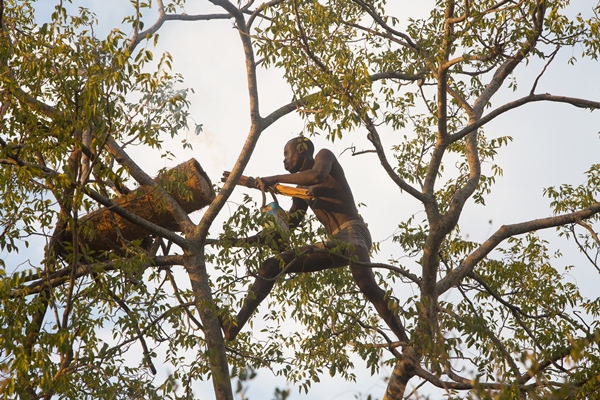
Kara man gathering honey near Lale’s Camp
What led you to setting up the camp?
Even while I was working as a teacher, tourists were visiting the valley, travelling up to see the Mursi, and sometimes camping in the village on the way there or back. I thought to myself that I could help the tourists and help my people too. My share of the family property is the land here, where the camp is, so I started out by asking friends and my brothers to help clearing the brush from under some of these beautiful trees beside the Omo River so campers could park and put their tents up. We built a shelter for cooks to work under too. I would charge 200 Birr per person for camping and 100 Birr per vehicle, and give the vehicle charge to the driver, to encourage them to return and to tell their friends.
How long has the camp been in its current format?
Twelve years ago a Dutchman and his Kenyan wife came here, and we talked. They had a safari business in Kenya (Jade Sea Journeys), and found this part of Ethiopia fascinating. We became business partners, with them sending us plenty of guests. They suggested making the camp more comfortable and full service, so we stopped the camp site.
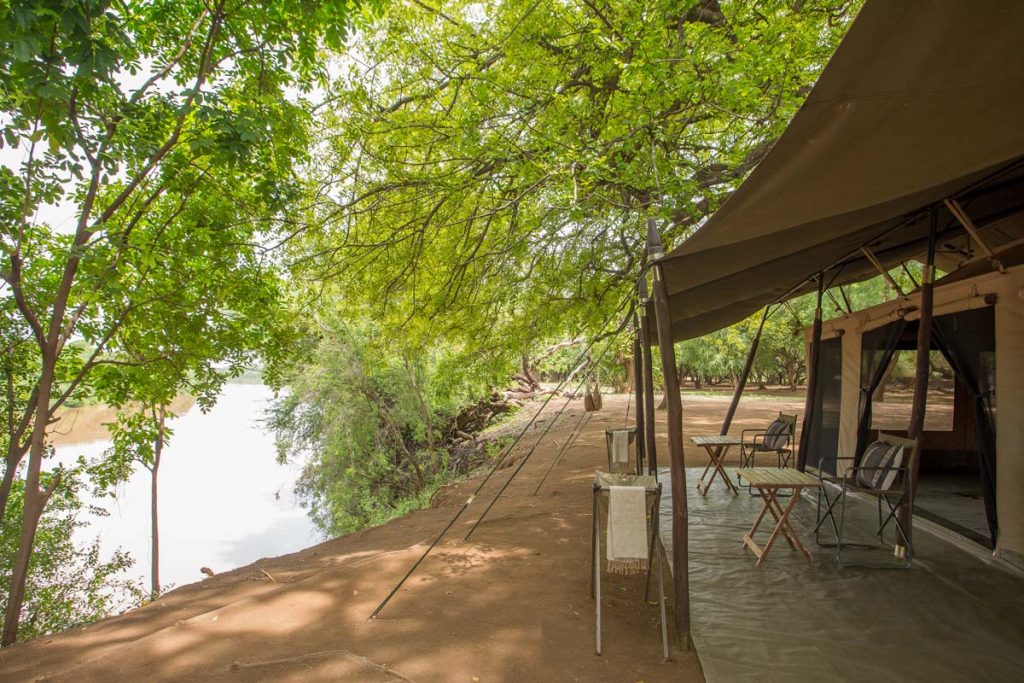
Lale’s Camp on the Omo River
When did you become part of Wild Expeditions?
Will Jones had visited several times, with and without guests, and he liked what we do here. 6 years ago, my Dutch business partner died in a motorbike crash in Nairobi. His wife decided she could not carry on working with me as well as running the rest of the business in Kenya, and also looking after her family. I talked to Will and Graeme and we agreed.
You seem to be highly respected by all of the people we have been to see, even an ambassador between them. How have you managed this?
I have always liked people, and being at school with children from other tribes opened my mind to different ways of thinking. It made me understand that there is not just one way of doing things, and many different ways work well. My first wish was to be a teacher, to have the ability to help my own Kara people, and I came to realise that I could also help our neighbouring tribes here. Because I speak all of their languages and respect their traditions, they trust me to mediate in disagreements, give advice about solving problems, and also to take their problems to higher authorities.
What do you like most about what you do now?
Showing guests our wonderful traditions, opening their eyes to our varied ways of life, and being of help to my people thanks to the income from tourism and my relationships with each tribe. We hope we can use it to protect these people and their land, and an ancient way of life. I also like looking after my mother, who lives at the camp. My wife takes care of her if I am away.
What next?
This is the third of my blogs on Ethiopia. The first gives a more general overview of the country and can be found here. The second looks at the country’s history and culture and is available to read here. If any of these have inspired you to think about a safari in Ethiopia, please do get in touch. Email is probably the best way to contact us right now and we’ll respond as quickly as we can – usually on the same day. We very much look forward to talking to you.
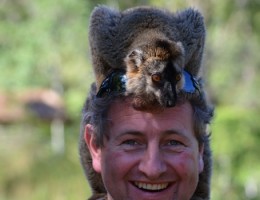
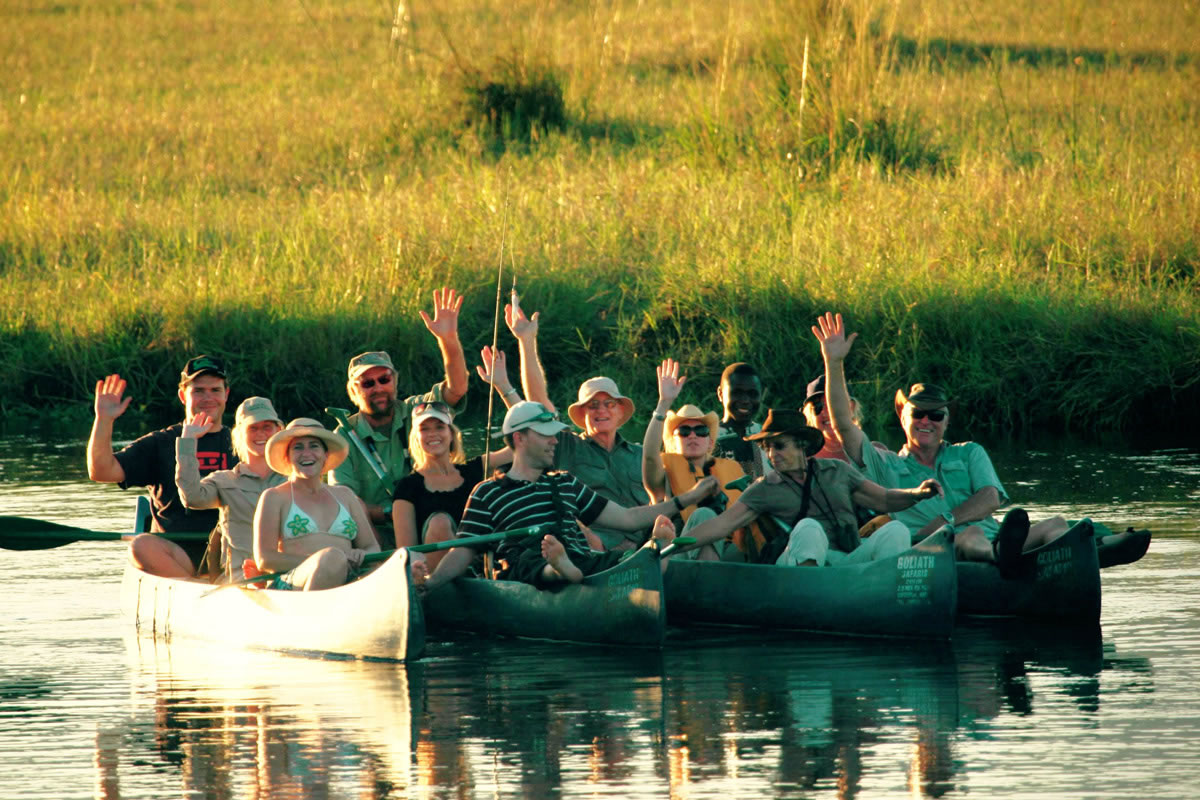
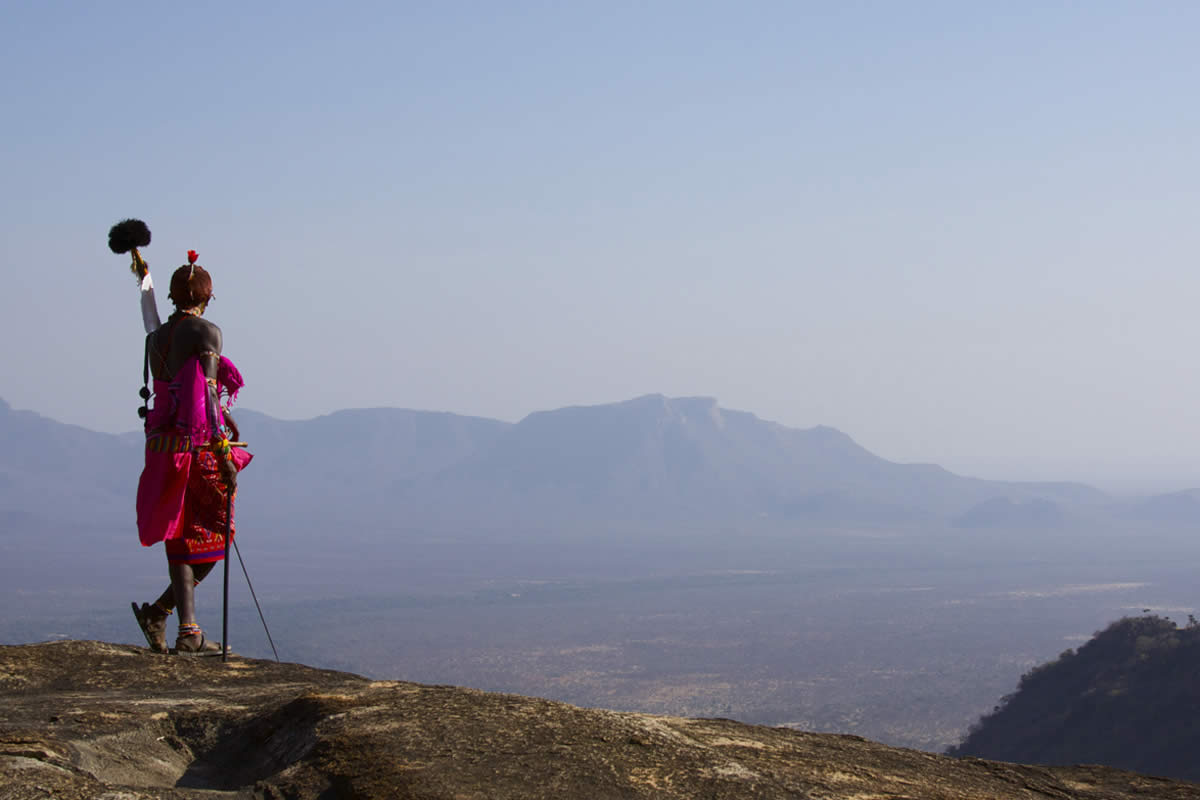
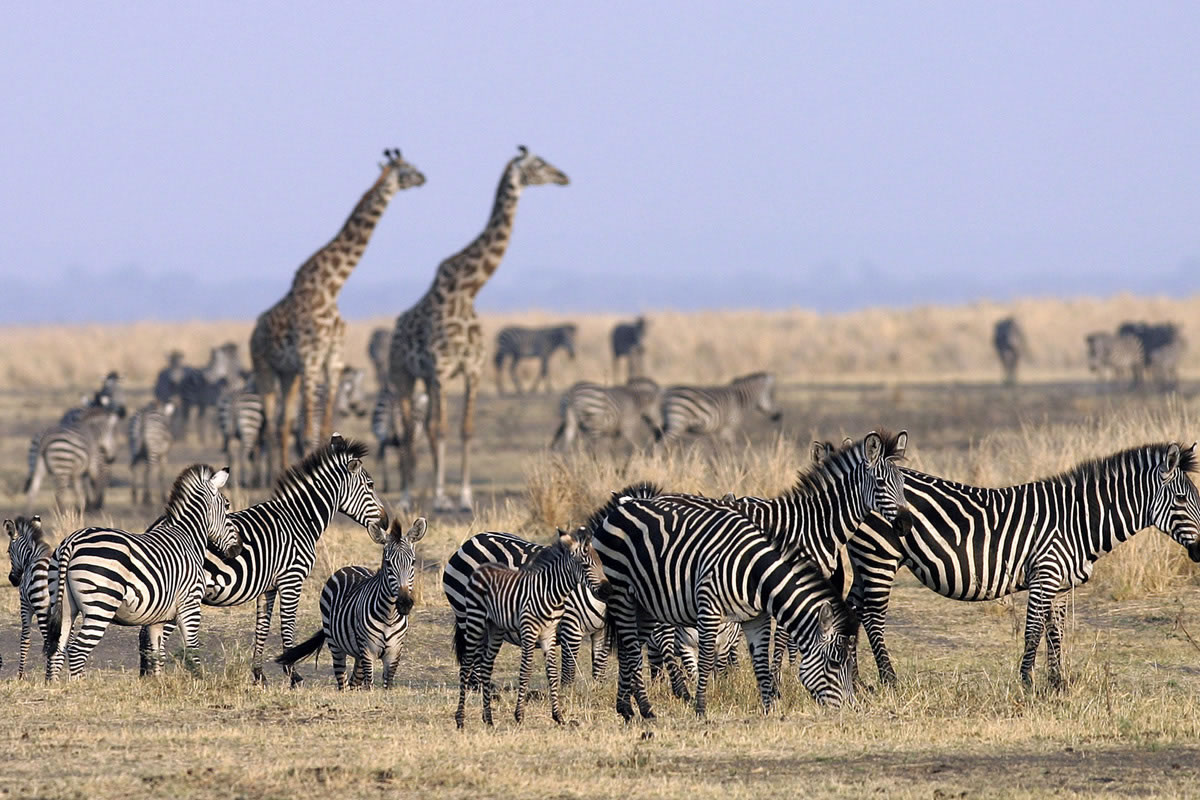

Leave a Reply